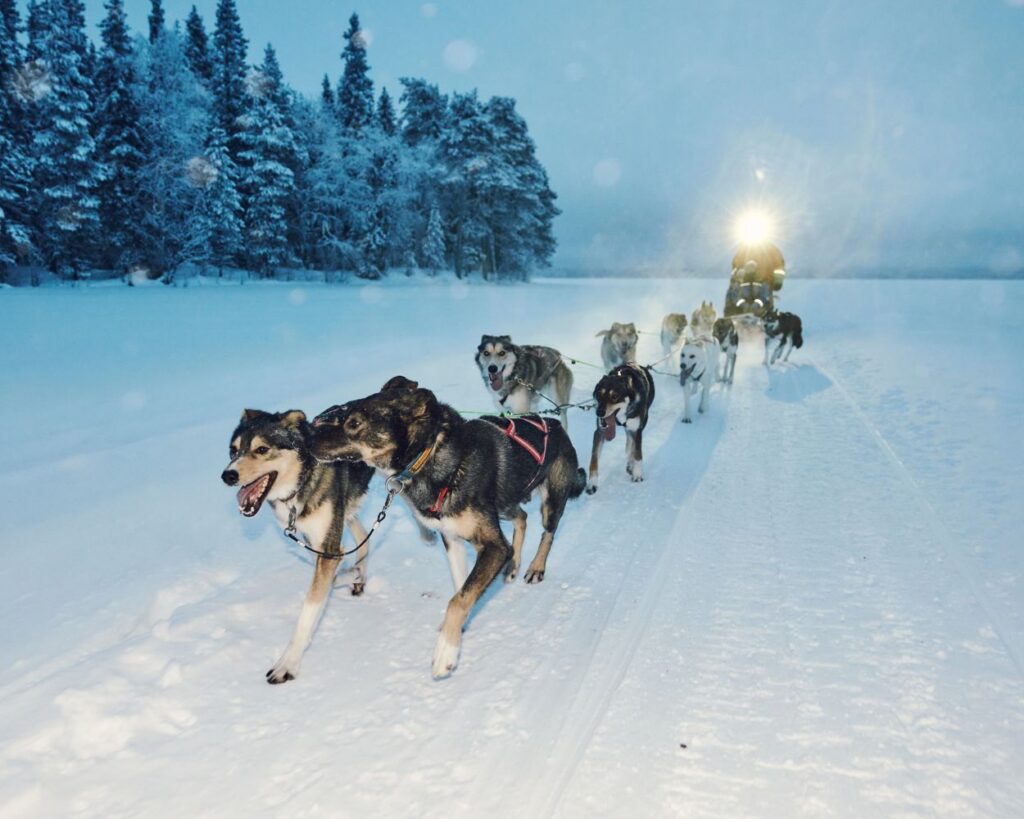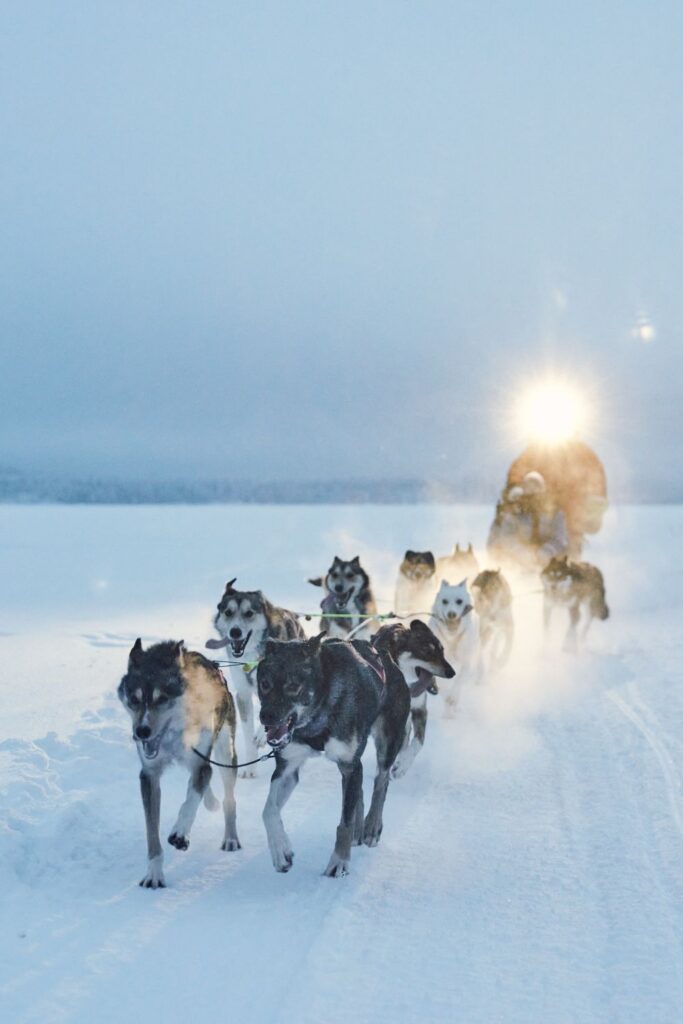Sled Dogs and Finland: A Little-Known Legacy of Grit and Connection
As part of our ongoing blog series, where we explore a wide range of topics from current affairs to personal musings, we’re diving into a subject that keeps resurfacing in surprising ways. That topic deals with the idea that sled dogs “don’t belong in Scandinavia.” You often hear it when a sad story makes the rounds in the media, sparking debates that sled dogs are not indigenous here and only exist for the sake of tourism.
There’s some truth in that claim, but like many half-truths, it misses the bigger picture. While Finland doesn’t have a centuries-old, indigenous sled dog tradition like you’ll find in Chukotka, Alaska, or Greenland, it does have a long, fascinating, and often overlooked history involving sled dogs that stretches back at least 90 years. Over that span of time, Finnish mushers have left a unique and important mark on the international sled dog world.

Tracing the Trail: Sled Dogs Around the World
Historically, sled dogs have primarily existed in a broad belt stretching east of the Ural Mountains across Siberia, through Alaska and Northern Canada, into Greenland. Curiously, they’re absent in places like Iceland and the Faroe Islands. But when we arrive in Scandinavia, we find that the sled dog story continues—though it takes on a distinctly different character in each country.
Denmark, for instance, lays claim to sled dog history by way of Greenland; its autonomous territory where dog teams are still used. Denmark even has a military patrol unit in northern Greenland that still chooses to travel by dog team, despite snowmobiles being available.
Norway never traditionally used sled dogs within its borders. However, the Norwegian identity is tightly linked to polar exploration, especially through figures like Roald Amundsen and Fridtjof Nansen, who achieved major feats using dog teams. Add to that the legacy of mushers with Norwegian roots in North America, and it’s clear that sled dogs are part of Norway’s broader cultural narrative.
Sweden has a slightly different story. During WWII, small ski-and-sled dog teams, oftentimes using German short-haired pointers, were used to smuggle weapons into Norway as part of the resistance effort. That tradition continues in the form of highly-skilled, ski-joring teams, with dogs that might not look like classic huskies, but are absolutely impressive in their own right.
Finland: The Underdog Story
Which brings us to Finland. If you ask what the traditional beast of burden in Finland was, the answer is clearly horses, and in the north, also reindeer. That doesn’t mean sled dogs were absent, though.
During the Winter War and Continuation War against Russia, Finland made practical use of dogs to pull sleds carrying machine guns and ammunition. These were often German Shepherd-type war dogs, used in conjunction with horses and reindeer. While this wasn’t “mushing” in the practical sense, it showed that dogs could and would be used for Arctic transport under dire circumstances.
In 1947, a Finnish man famously set off on a solo expedition to the northernmost point of Finland with four German Shepherds pulling a sled. There’s even a newsreel video of this journey, in which he struggles with melting snow; proof that the challenges of climate change were already being felt 75 years ago.
After the war, recreational mushing slowly gained ground in Finland. One standout figure is Risto Kamunen, who was already racing sled dogs in the early 1960s in Rovaniemi. He received a design award in 1983 from Aalto University for his innovative racing sled design, making him one of the few sled designers in Finland recognized in the field of industrial design. Kamunen also inspired Sven Engholm, one of the founders of the prestigious Finnmarksløpet, Norway’s longest sled dog race.

Finnish Names in the International Sled Dog World
The Finnish influence extends far beyond the borders of Lapland. Take Leonhard Seppala, the legendary musher of the 1925 serum run to Nome, Alaska—his family came from Finnish Lapland. Or John “Iron Man” Johnson, a Finn from Turku, who made his name in Alaska as a hard-driving sled dog racer. His nickname alone tells you he made an impact, and there’s even a kennel in Finland today named in his honor.
These stories show that Finnish individuals have had a profound, if often under-acknowledged, role in the global sled dog community.
It’s Not About Nationality. It’s About Connection.
So does mushing belong to Finland in the same way that reindeer herding belongs to the Sámi, or skiing to Nordic tradition? Maybe not. But it doesn’t need to.
Because what sled dogs truly offer isn’t a cultural badge—it’s a deeply human experience.
To travel behind a dog team, to feel their raw power and joyful determination, to move quietly through the Arctic wilderness together—it’s something ancient and incredibly special. Dogs and humans have walked side by side for over 15,000 years. In the Arctic, we’ve relied on each other to survive.
In today’s hyper-modern world of snowmobiles and electric scooters, the experience of mushing offers something refreshingly rare: real connection. Not lavish comfort. Not a staged spectacle. But a shared journey between human and animal, through snow, wind, and wild silence.
Whether you’re in Alaska, Canada, Greenland, or Finland, that moment—that bond—is what mushing is about. It’s not about being Finnish. It’s about being *human*.



